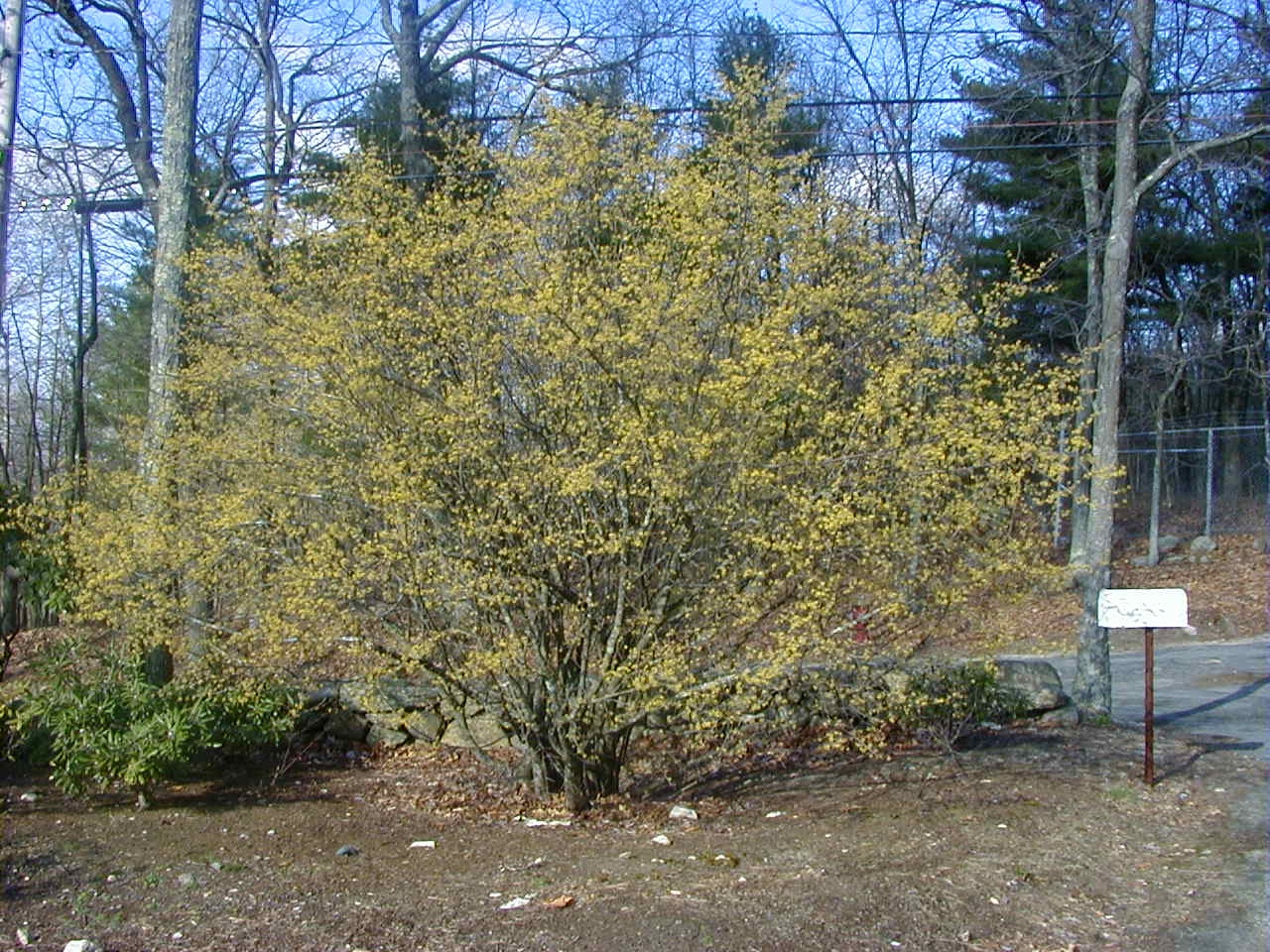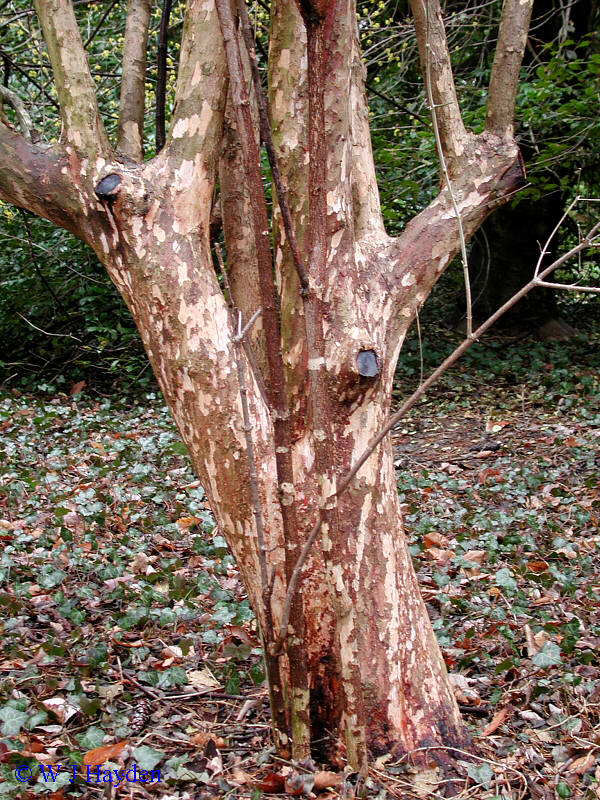
Every year those long-awaited first flowers of spring always arouse my senses and give birth to a primal appreciation of the renewal of life. And few trees or shrubs are more appropriate than the cornelian cherry (Cornus mas) for ushering-out winter, enticing spring to begin. No, despite its name, it’s not a cherry; it’s really a dogwood, and the first of this diverse genus to flower every spring.
For me, the real appeal of this plant (which can be grown as a multi-stem shrub or trained to form a 15-20 ft. tree) is its display of golden-yellow flowers which appear in earliest spring, just as the days begin to warm. One of the first of the woody plants to bloom in my garden, it signals the beginning of a cascade of color about to begin. Yes, its flowers don’t last long, usually only a week or two, but that’s enough to get my senses tuned to what’s soon to follow: the earliest magnolias, Forsythia, “real” cherry trees and the Early Rhododendrons like ‘Weston’s Pink Diamond’ and ‘PJM’.
Finishing its bloom, C. mas displays clean, dark green leaves (there’s now a yellow-variegated-leaf cultivar, C. mas ‘Variegata’), followed in mid-summer by a profusion of edible berries. Its fruit, only fully ripening after it falls or is picked off the plant, tastes a lot like a melding of cranberry and sour cherry; for centuries traditional European cultures have valued it for preserves and beverages. Hybridizers in Eastern Europe and Russia have developed some cultivars with exceptionally large fruit, and they’re only recently becoming available in the USA from specialty nurseries.
Fall foliage color is variable depending upon conditions, but most years, its leaves turn a rich wine-red before dropping in October. Even in winter the bark on mature stems and trunks exfoliates to create a colorful contrast against the snow. Few plants in my garden offer so much visual interest in every season. It’s these aspects of year-round appeal that helped qualify Cornus mas to become a 1999 Cary Award winner–a well-deserved honor.


It’s one of the most winter cold-hardy plants you can buy, thriving even in those northernmost climates where minimum winter temperatures plunge as low as -30°F. It’s also not picky about where it grows, performing well in both sandy and clayey soils, even tolerating a bit of shade at the edge of the woods.
More importantly, cornelian cherry is readily available at garden centers. For those who wait until reliably warm weather to shop for plants, the flowers of Cornus mas will have already passed. But look around your neighborhood now – chances are some savvy homeowners have recognized the value of early flowers and have chosen this plant to display its beauty for all who see it to enjoy.







